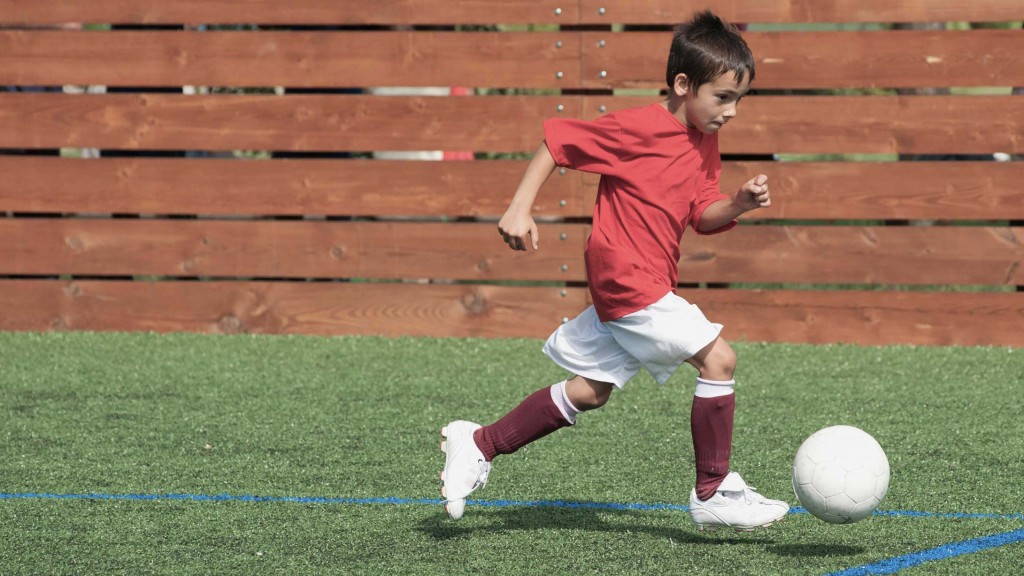Teachers generally acknowledge there are benefits of allowing our students to be physically active. To varying degrees we understand there are physical, mental and social benefits provided by physical activity but what about the contribution physical activity can make to our ability to learn?
Dr Nick Riley from the University of Newcastle explains the link between physical activity and academic performance in students.
A small Dutch study showed that students involved in maths and language lessons that also incorporated physical movement during those lessons outperformed students who did no physical activity during lessons. This improvement was seen in maths and spelling but not in reading.
The Guardian (Australian) website recently published an article discussing how physical activity can contribute to academic improvement.
- “There is a growing body of research that links physical activity to improvements in achievement.”
- “physical activity improves brain function. Games that are unpredictable and require problem-solving may also boost executive functioning (the skills that help the brain to organise and act on information), which can transfer to academic tasks.”
- “A 2009 study found that short breaks for physical activity between lessons improved classroom behaviour.”
The Western Australian Department of Sport and Recreation commissioned a review of the literature examining the relationship between participation in organised sport or physical activity and academic achievement. An article in 2010 (updated 2015) by Dr Karen Martin from the The University of Western Australia outlines the positive impact of physical activity on student cognitive function. These benefits included:
- Improving memory
- Behaviour
- Concentration
- Academic achievement
“The W.A. Department of Sport and Recreation review concluded that encouraging participation in organised sport or other strategies to increase children’s physical activity opportunities could result in improved health and academic outcomes.”
There are a number of traditional ways that schools provide opportunities to be active at school.
- Recess and lunch – this does not garuntee all students are involved in physical activity but at least they have to get out of their seats.
- Lunch time sports – for a select few the intensity and amount of activity on those days increases dramatically.
- Physical education – regular physical activity approximately twice a week.
How though do we get students to be active at other times? What about those subjects where students traditionally sit for 50 minutes at a time?
- Standing! It is well recognised that standing increases blood flow and as we get older decreases our chances of health issues like cardiovascular disease. Sitting for extended periods on a daily basis is linked to high blood pressure, high blood sugar levels and obesity. Because standing increases blood flow to the brain it functions better. Think of all the ways you can make students go from sitting to standing throughout the day during your lessons. Examples – stand while doing art or a science experiment, when students have to address the class have them stand to speak or have a drinks break mid lesson.
Physical activity as part of a students school day is important and something we should take into account to improve our students ability to learn.



